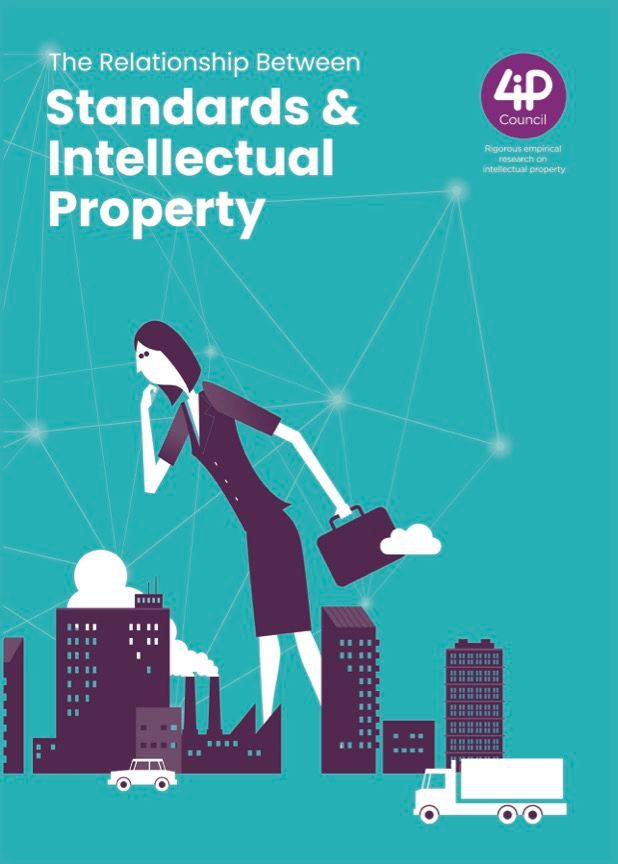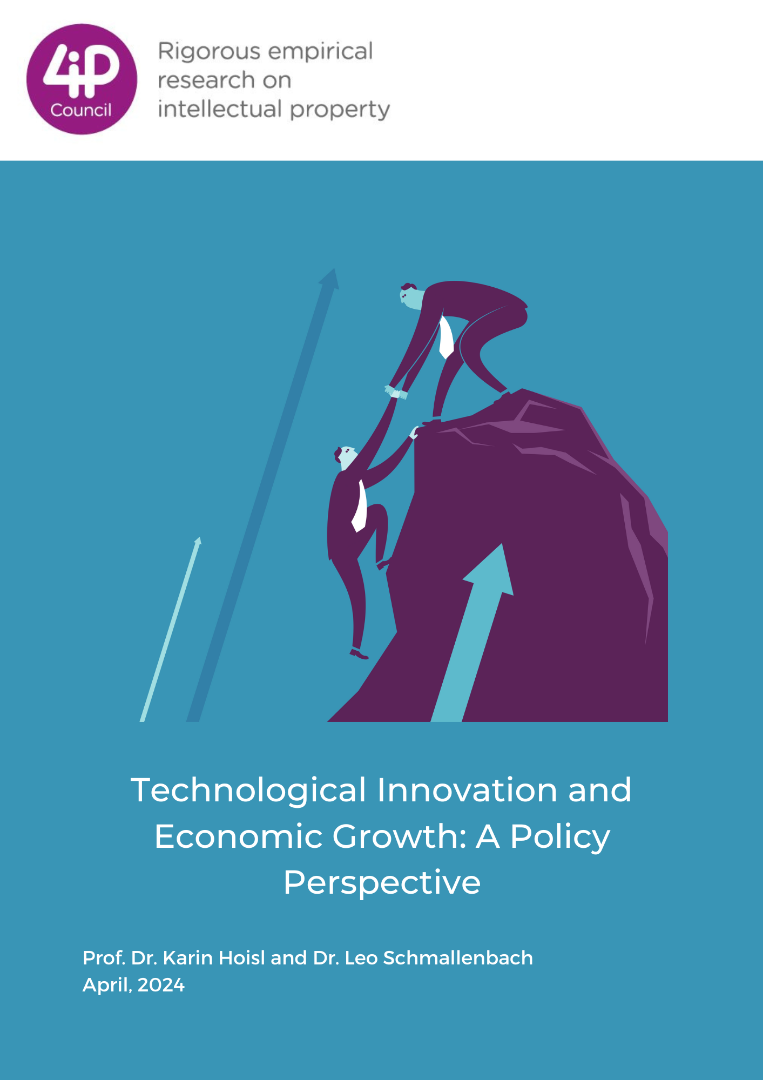1. Introduction (Laurent Manderieux)
Chair, European Intellectual Property Teachers’ Network (EIPTN), EIPTN Editor of the Booklet
The relationship between Standards and Intellectual Property has always been complex, though it is an existential matter both for standards and for patents.
The present Booklet aims at clarifying concepts and current practice on Standards and IP. It also reflects on future options on patents and standards. It is of use for Academics and Scholars in all disciplines (Law, Economic, Science), as well as for business circles.
This is why The European Intellectual Property Teachers' Network (EIPTN) joined 4iP Council to support and edit this Publication.
Authoritative authors from different backgrounds are demystifying a topic that, in the past, was somehow technical and confidential, and currently becomes a key matter for the development of innovation and for scientific, economic, and social progress.
By doing so, it is intended to clarify:
- What are Standards?
- Standard Processes, including the role of Standard Development Organizations
- The benefits of Open Standardization
- IP Policy and FRAND
- Open Source and Standards
- Competition Law and Standards
- Geopolitics and Standards
A Special Contribution, by Sir Robin Jacob, concludes this Publication.
Each Booklet Chapter may be read independently from others for persons who already possess knowledge on this topic and want to enhance it on a specific topic, whereas, for newcomers to Standards and IP, it is recommended to read chapters in chronological order to acquire the knowledge necessary on this topic.
This Booklet will be further updated over time, as legislation and practice may evolve in Europe and the International Environment.
EIPTN and 4iP Council thank the Booklet contributors for their dedication to this Project, and depth of knowledge shared in this Publication.







